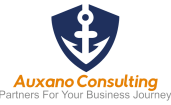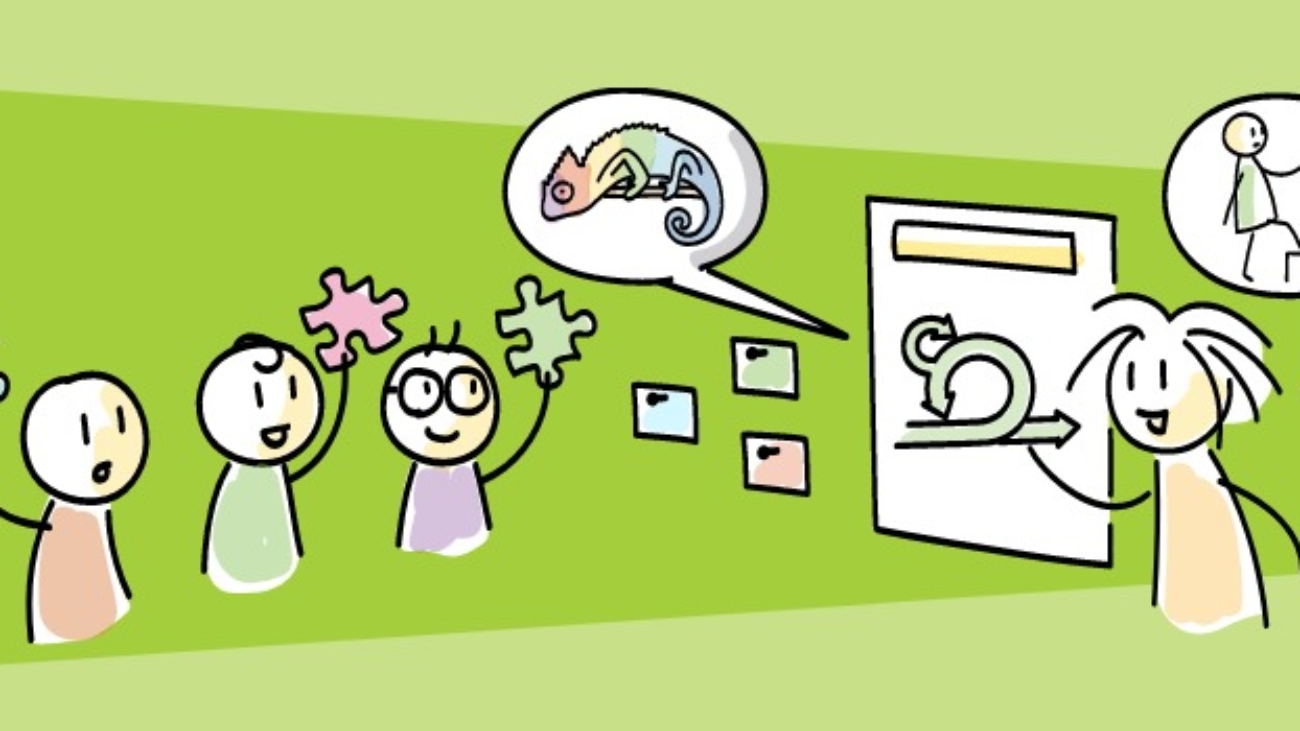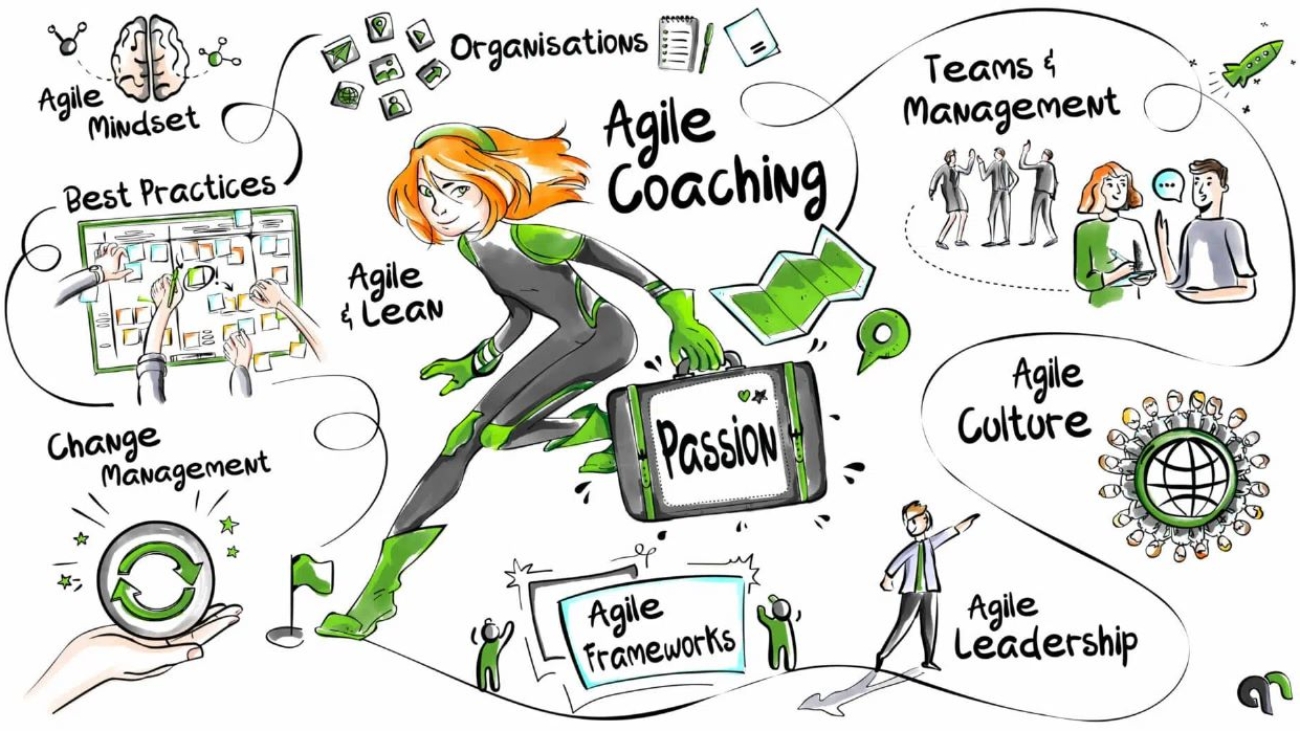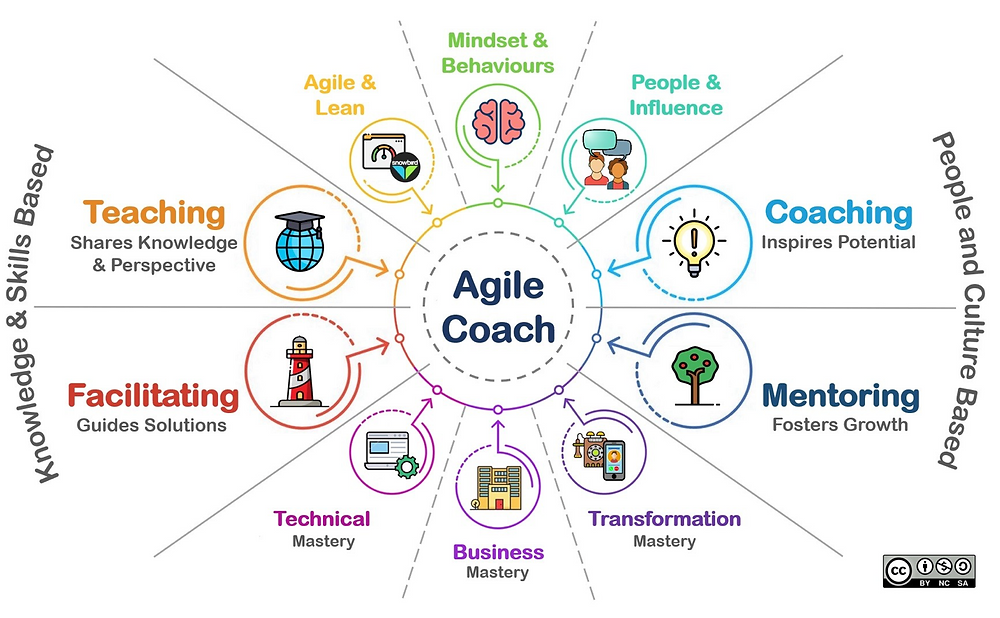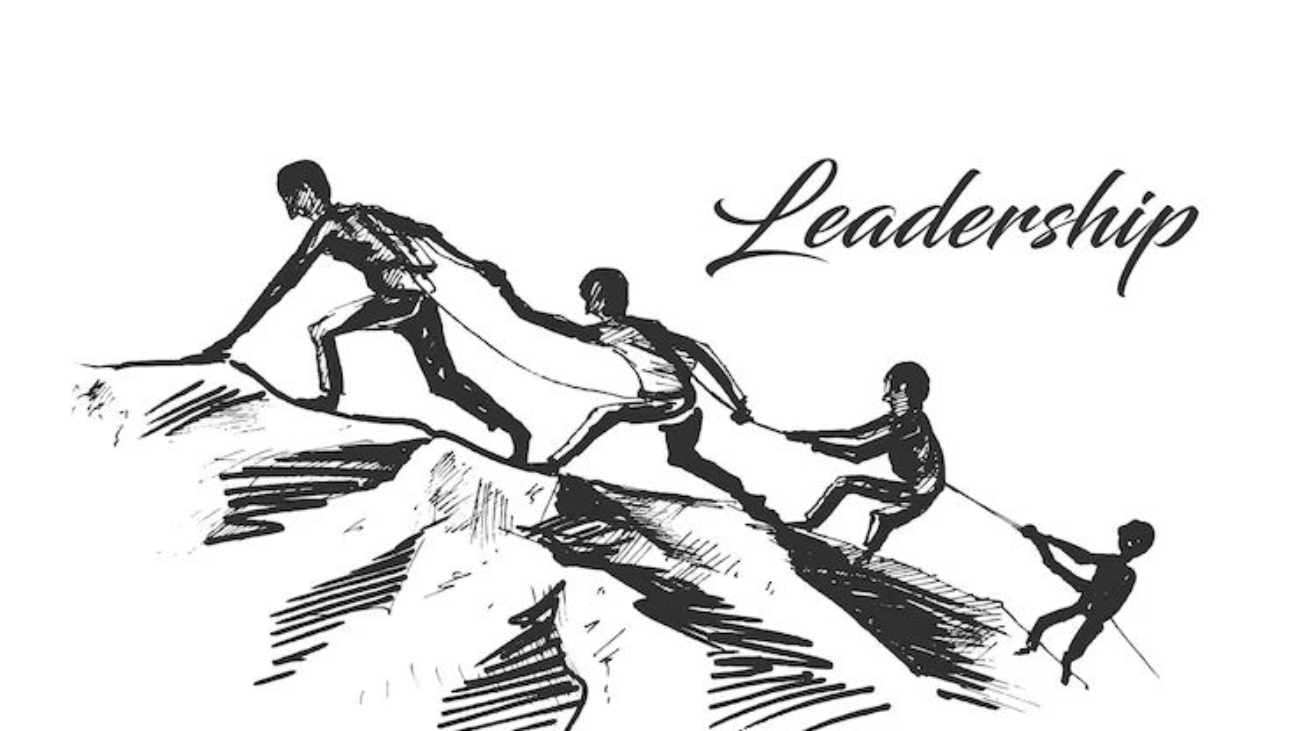In today’s dynamic and interconnected world, diversity and inclusion stand as fundamental pillars of workplace success. Organizations that wholeheartedly embrace diversity not only broaden their talent horizons but also cultivate a culture of creativity, innovation, and adaptability. Within this blog post, we will embark on a journey to explore the pivotal role of leadership and management in nurturing synergy within a diverse workforce.
Embracing Individuality
Every team member is a one-of-a-kind amalgamation of their personal history, life experiences, and unique perspectives. Recognizing and cherishing these distinctive compositions is not just a virtue but a cornerstone for unlocking the true potential of diversity. It’s not merely about acknowledging differences; it’s about harnessing these distinctions as catalysts for growth and excellence within your organization.
Whether You See Yourself as a Leader, a Manager, or Both
Leadership and management are distinct roles, but both are vital in maintaining harmony within a diverse workforce. Leaders set the vision, inspire, and provide direction, while managers focus on execution and ensuring tasks are completed efficiently. However, in a diverse workplace, individuals often wear both hats. Effective leaders and managers must strike a balance between guiding their teams and valuing diversity.
Composition of a Leader
Effective leaders in diverse workplaces possess certain qualities and traits. Empathy, inclusivity, and adaptability stand out as crucial attributes. Leaders who embrace diversity actively seek out different perspectives, make all team members feel valued, and adapt their leadership style to accommodate various needs and backgrounds.
EQ of a Leader
Emotional Intelligence (EQ) is essential for leaders because it directly impacts their ability to lead, inspire, and create a positive and productive work environment. Leaders with high EQ tend to be more effective in managing people, navigating challenges, and achieving both personal and organizational goals.
Tips for Navigating Your Diverse Workforce
a. Foster an Inclusive Culture
An inclusive culture means creating an environment where every employee feels valued and heard. It goes beyond tolerance and involves actively seeking diversity in hiring, mentorship programs, and decision-making processes.
b. Effective Communication
Clear and open communication is the cornerstone of any successful organization. In a diverse workforce, it becomes even more critical. Leaders and managers must address language barriers and encourage active listening to ensure everyone’s voice is heard and understood.
c. Cultural Competence
Cultural competency is the ability to relate to people from different cultures successfully. Managers and leaders need to develop this skill to bridge cultural gaps and build harmonious teams.
d. Flexibility and Adaptability
Diverse teams often have varying work styles and preferences. Being flexible in accommodating these differences and adapting to different approaches is essential for success. Leaders and managers should embrace diversity not as a challenge but as an opportunity to learn and grow.
e. Conflict Resolution
Conflicts may arise in diverse teams due to different viewpoints and cultural misunderstandings. Tailor conflict resolution techniques to suit the specific needs of diverse groups, promoting understanding and collaboration.
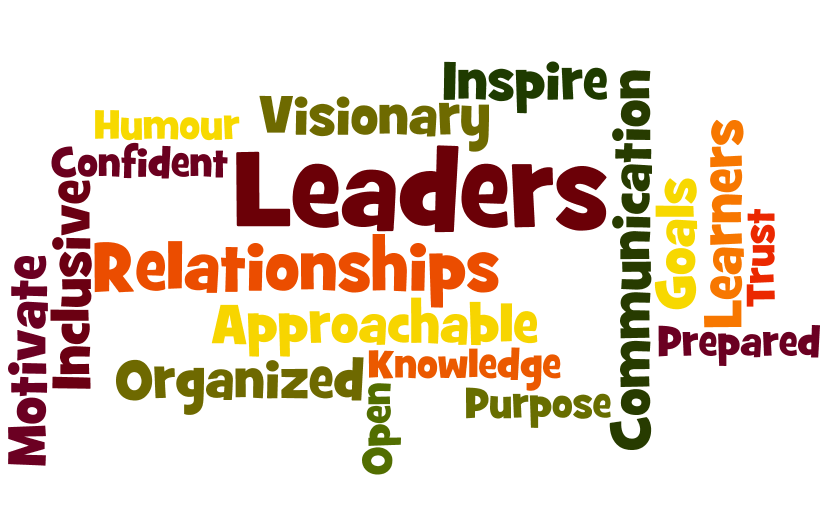
Shine the Spotlight on Your Top Performers
Appreciation and recognition are powerful tools for motivating and engaging employees, but they are distinct concepts, each with its own role. Here’s how to decide when and how to use them effectively:
1. Appreciation:
- When to Use: Appreciation is best used for acknowledging an employee’s intrinsic value, effort, or dedication. It is about expressing gratitude and recognizing their contributions beyond their specific achievements or results.
2. Recognition:
- When to Use: Recognition is best used when you want to highlight specific achievements, accomplishments, or behaviors that align with organizational goals or values. It is more task-oriented and outcome-focused.
Discovering tomorrow’s leaders
The journey from being a solo performer to an inspirational leader demands a distinctive array of qualities that transcend the limelight. Here, we delve into five innate personality traits to actively seek in individuals who harbor the potential to emerge as visionary leaders shaping our future.
Key traits for future leaders:
Personality Traits:
- Empathy
- Poise
- Attention to Detail
- Ambition
- Optimism
Future Leadership Traits:
- Emotional Intelligence
- Confidence
- Focus on Big-Picture Goals
- Vision for the Company’s Future
- Motivational Voice and Tone
As we nurture and develop these traits, both raw and future-oriented, we pave the way for the emergence of visionary leaders who will guide our organizations toward continued success.
Conclusion
In conclusion, maintaining harmony in a diverse workforce is not just a responsibility; it’s an opportunity for growth and innovation. Leaders and managers must actively engage in diversity and inclusion efforts to create an environment where all employees can thrive.
Remember that whether you consider yourself a leader or a manager, or both, your role is crucial in this journey toward a harmonious workplace. Ready to Cultivate Future Leaders? Start Today with Auxano consulting
Written by Vineeta, Image sources: https://b.flamehammer.top; https://peopledevelopmentmagazine.com
Feel free to connect with Linnet Dave, Auxano’s Director and Executive coach on linnet@auxano-consulting.com or connect with her at +919820668179 for any queries on the subject and if you need to get a customized learning Intervention done for your organization.
